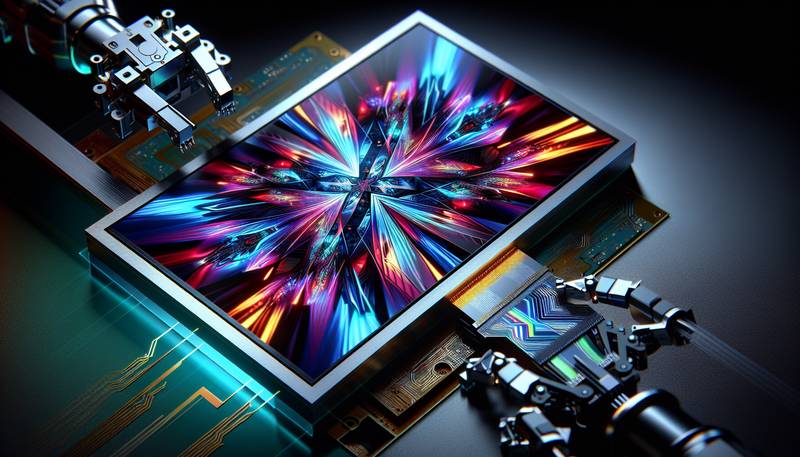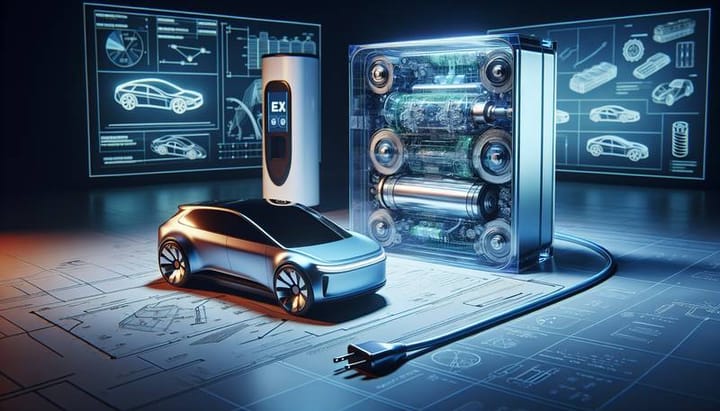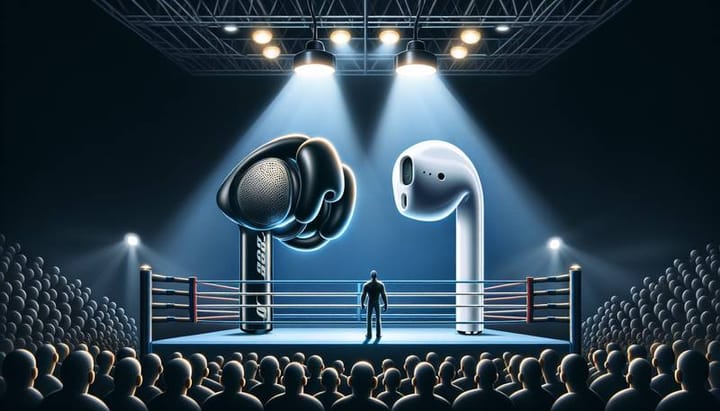Q-Pixel's Revolutionary 6800 PPI MicroLED Display Technology

In a groundbreaking advancement for display technology, startup Q-Pixel has developed the world’s highest resolution active-matrix color display, boasting a staggering 6800 pixels per inch (PPI). This innovation surpasses the current displays used in advanced Virtual Reality headsets and is set to revolutionize the industry.
Revolutionizing Display Technology with MicroLED
Q-Pixel's new display technology is made up of III-V compound microLED pixels synthesized from inorganic materials, grown on a single compound semiconductor wafer. This approach eliminates the need for sub-pixels, quantum dots, or color filters, providing higher brightness, faster response times, and better energy efficiency compared to current OLED displays. The technology stands to be a game-changer for future headsets, leaving behind Apple's current display which offers 3380 PPI.
Surpassing Prior Display Technologies
Company co-founder and CEO J.C. Chen highlights the significance of the achievement: "We have proved that it is possible to produce ultra high-resolution, active displays based on microLED technology." The new TP-LED pixel technology has successfully broken world records in pixel density and is now set to begin commercialization.
Commercializing microLED displays has historically been challenging due to the intricate process required for assembling and testing millions of RGB microLED subpixels. However, Q-Pixel has streamlined the process by utilizing fully color-tunable individual pixels, thereby tackling the cost and complexity concerns.
Experts in the industry believe that the display industry is on the verge of a major paradigm shift, with microLEDs tipped to surpass OLEDs and LCDs. As Q-Pixel’s CTO Michelle Chen stated, it is only a matter of time before the industry widely adopts microLED technology.
The future of displays is looking brighter and more efficient, thanks to Q-Pixel’s cutting-edge technology, setting a new standard for what consumers can expect from their devices.


